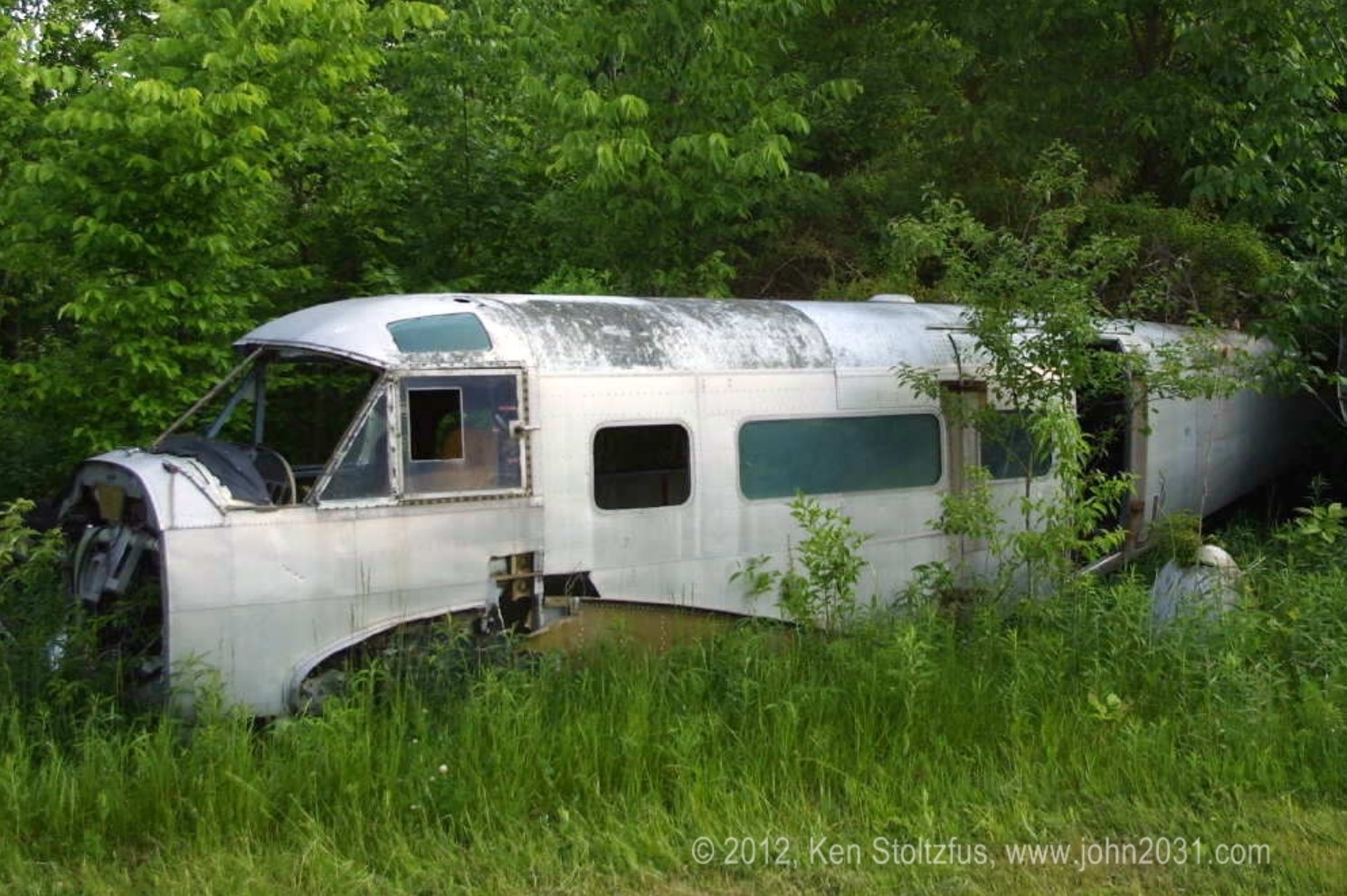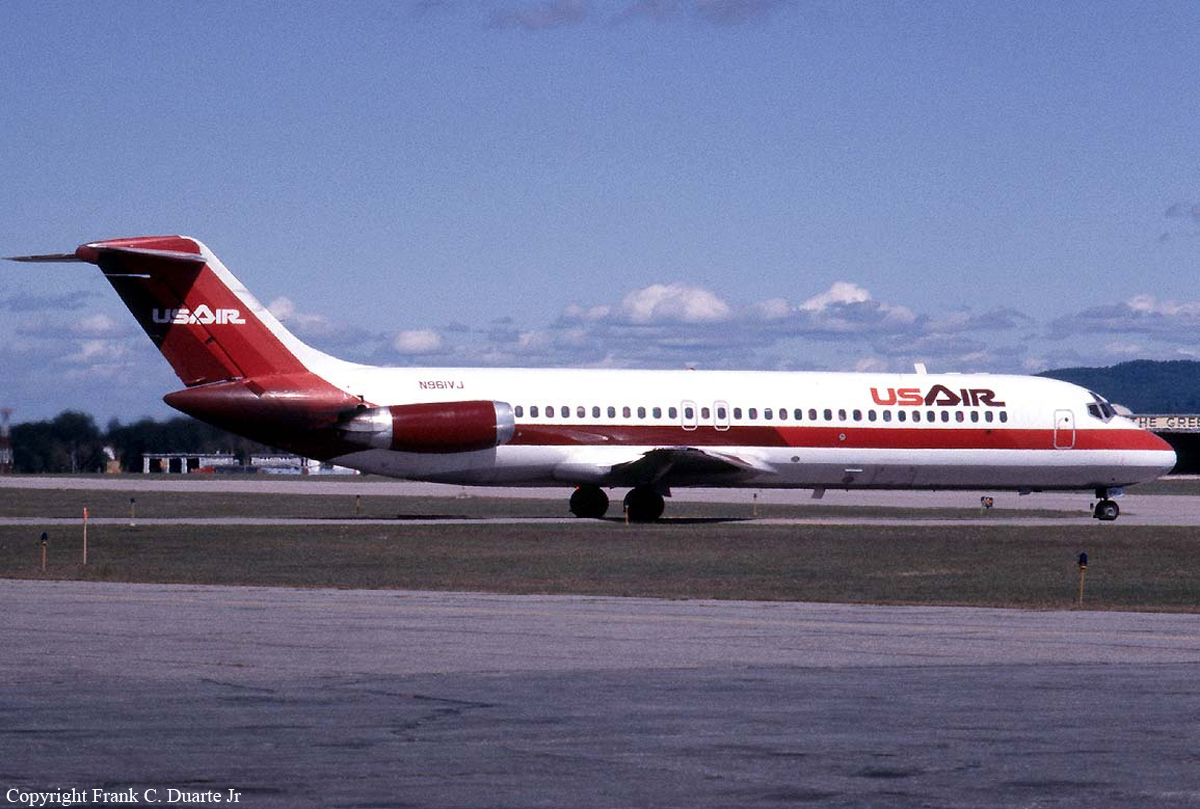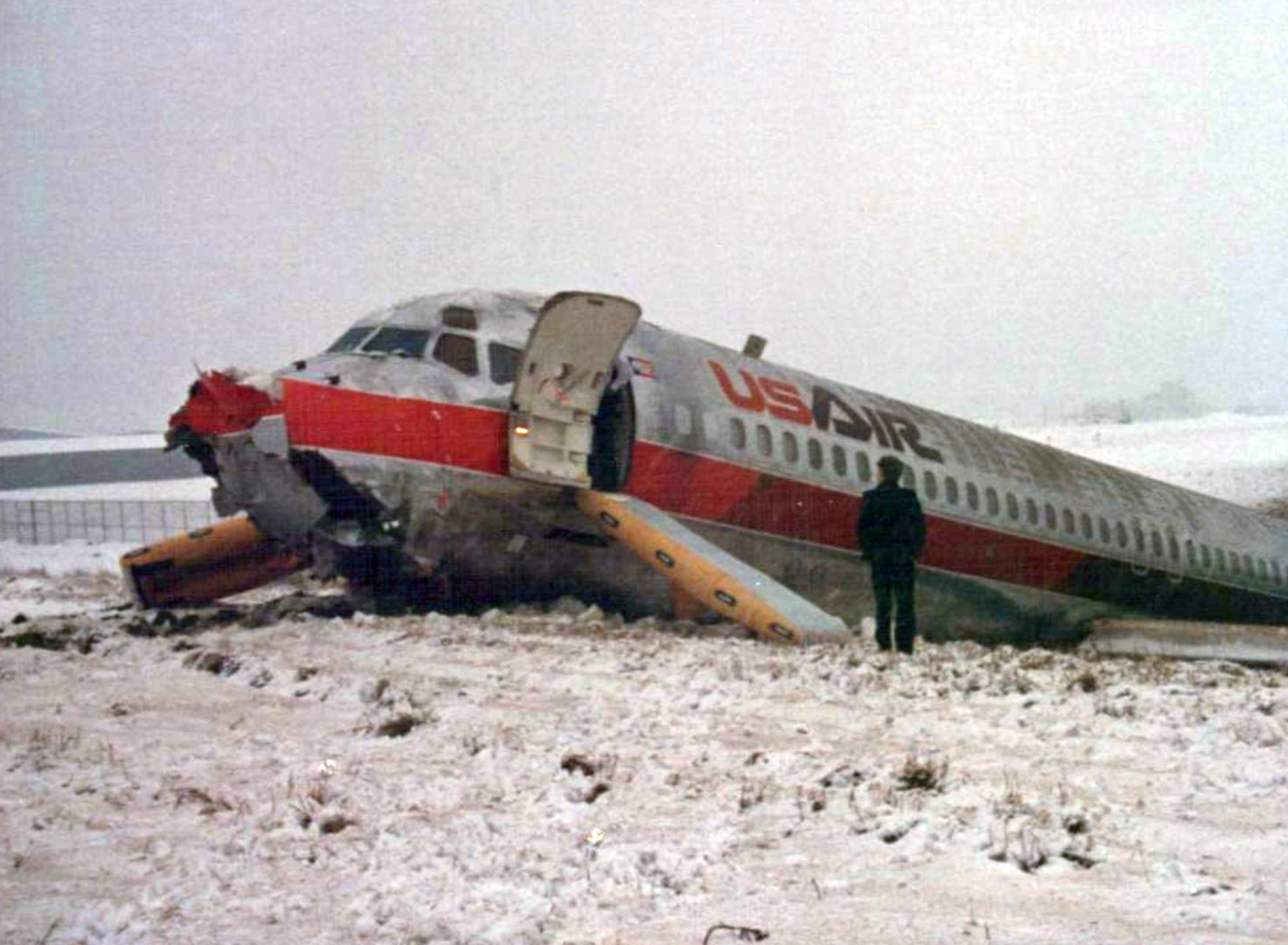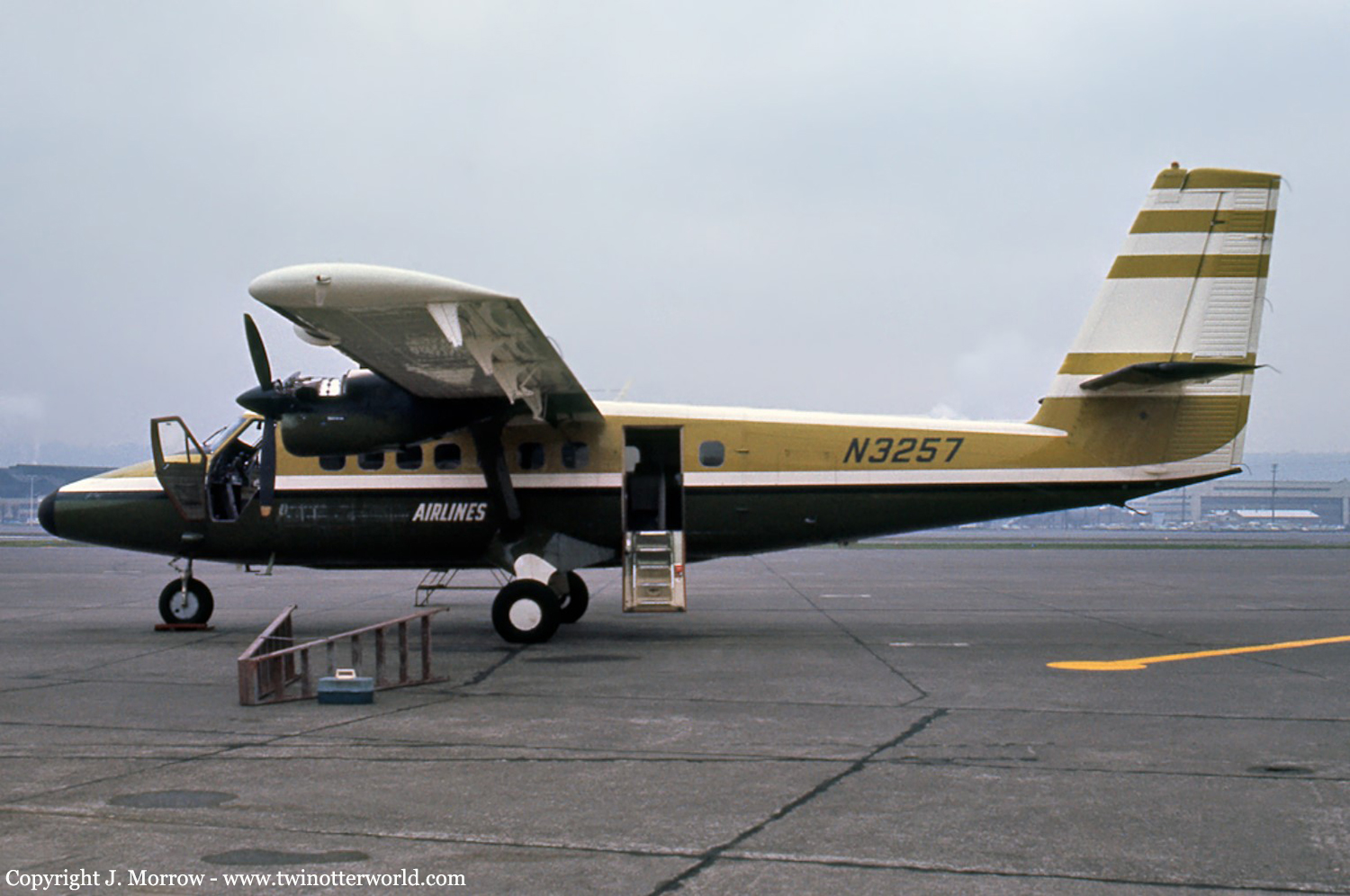Crash of a Beechcraft H18 in Pittsburgh
Date & Time:
Nov 12, 1986 at 1100 LT
Registration:
N925J
Survivors:
Yes
Schedule:
Columbus - Pittsburgh
MSN:
BA-642
YOM:
1963
Crew on board:
1
Crew fatalities:
Pax on board:
0
Pax fatalities:
Other fatalities:
Total fatalities:
0
Captain / Total hours on type:
115.00
Aircraft flight hours:
10537
Circumstances:
The aircraft suffered a right landing gear leg breakage due to a fracture in the area where the fork assembly separated during landing roll. The pilot, sole on board, was uninjured.
Probable cause:
Occurrence #1: main gear collapsed
Phase of operation: landing - roll
Findings
1. (c) landing gear, main gear - assembly
2. Landing gear, main gear - fatigue
3. (c) landing gear, main gear - previous damage
Phase of operation: landing - roll
Findings
1. (c) landing gear, main gear - assembly
2. Landing gear, main gear - fatigue
3. (c) landing gear, main gear - previous damage
Final Report:











